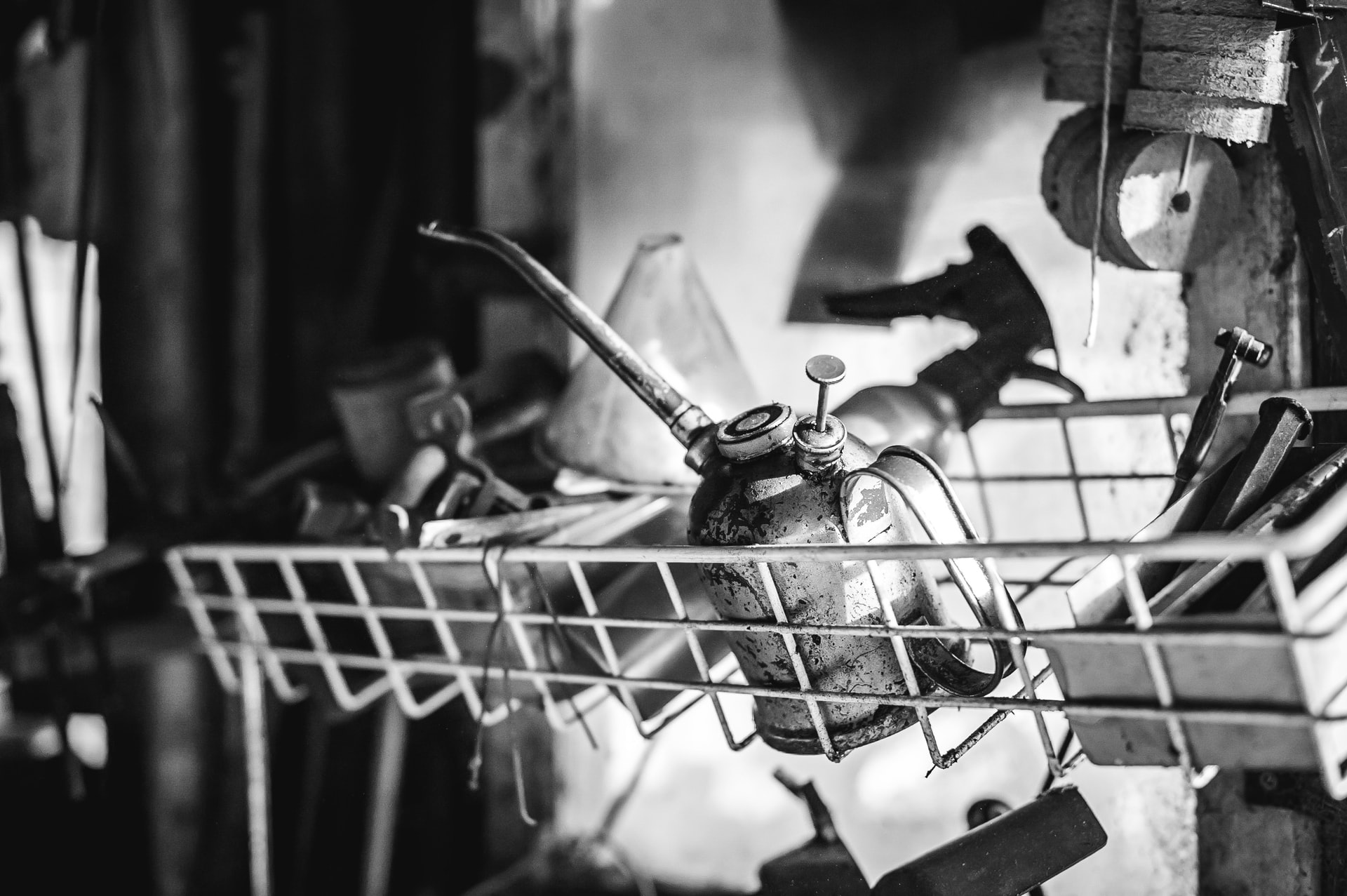In a workshop, manufacturing plant, or factory, a grease gun is one of the most often used tools on a daily basis. Using a grease gun is the best way to make sure all your lubrication is precise. Furthermore, a grease gun ensures accurate and quick lubricant distribution, whether you’re lubricating axles, bearings, fittings, wheels, or other components.
If you’re thinking about investing in a professional grease gun, chances are you already have a basic understanding of how they function and why they’re so useful. However, owing to the extensive number of options and configurations available, it may be beneficial to examine the specific operating differences between the various models on the market in greater depth.
Each of these varieties has its own set of advantages. The best model for you will be determined by the intended use and the technician’s personal preferences. Let’s look at some of the most frequent sorts of grease guns that will help you choose the best grease gun for your needs and purposes.
Pneumatic Grease Guns
A pneumatic grease gun, also known as a pneumatic grease pump or an air pressure grease gun, is one of the various technologies for swiftly and easily applying lubrication to bearings and other systems.
The pressure required to pump oil into a bearing void is given by an external air compressor, which makes air-powered guns quite unique. Pneumatic grease guns are commonly referred to as the ‘automatic’ type since they are fed with mechanized air pressure rather than relying on the user’s personal effort.
The compressor distributes bursts of highly pressurized air via a stretch of hose or an airline linked to the handle or body of the tool when utilizing a few of these pneumatic grease guns or pumps. As a result, grease is forced through the tool’s output nozzle and into the entrance of a grease nipple or bearing void.
A compressor’s air pressure is often higher than what can be achieved with a hand pump or manual type tool. As a result, grease application with pneumatic grease guns is usually quicker and easier.
However, keep in mind that when using air-powered instruments, the operator must be sufficiently experienced and cautious, as pneumatic devices inherently pose a higher risk of damaged components or injury if used incorrectly.
Manual Grease Guns
The operation of a manual grease gun is a little easier than that of a pneumatic grease gun. This is due to the fact that the tool does not require the user to connect it to any external equipment, like a compressor for example, in order to function. Instead, the operator of a manual grease gun, also known as a lever grease gun, controls the flow of lubrication through the tool’s nozzle by squeezing a piston or handle.
The pace and pressure with which grease is pushed to the bearing are determined by the force exerted by the user through the handle. The degree of squeezing force the operator can exert on the pistons of the manual grease gun will limit the highest possible pressure.
Grease Guns With A Hand Pump
In terms of operation, a hand pump grease gun is essentially similar to a manual grease gun, with one major exception. Hand pump grease guns have an additional trigger mechanism to ‘unlock’ the grease flow once enough pressure has been built up via a manual pumping motion, rather than a physical input on the tool’s lever or piston directly translating to a flow of lubrication through the nozzle. As a result, hand pump grease guns are frequently referred to as pistol grip or pistol type grease guns.
The user of a hand pump grease gun works the piston lever of the tool to develop pressure (similar to a traditional hand pump). When the pressure has reached the correct level, a secondary grease gun trigger is pushed to release it as a flow of lubricant. This means that more power may be built up and exerted than can be achieved solely from the squeezing power of most people’s hands. Hand pump grease guns can be considered a middle ground between automatic and manual grease guns.
Final Thoughts
At the end of the day, there are a lot of great options to choose from when it comes to getting one of these tools in your arsenal. Whether you need to shoot a bit of grease into a wheel bearing, or if you need to lube up an entire machine, the correct grease gun will get your job done quickly and efficiently.
Grease guns are an indispensable part of any workshop or garage toolset, and picking the right one can be daunting. That’s why we’ve decided to take a look at the different variations, and break down which type of grease gun is best for you. Hopefully, these descriptions of a few different types of common grease guns will help you decide which one suits you.

